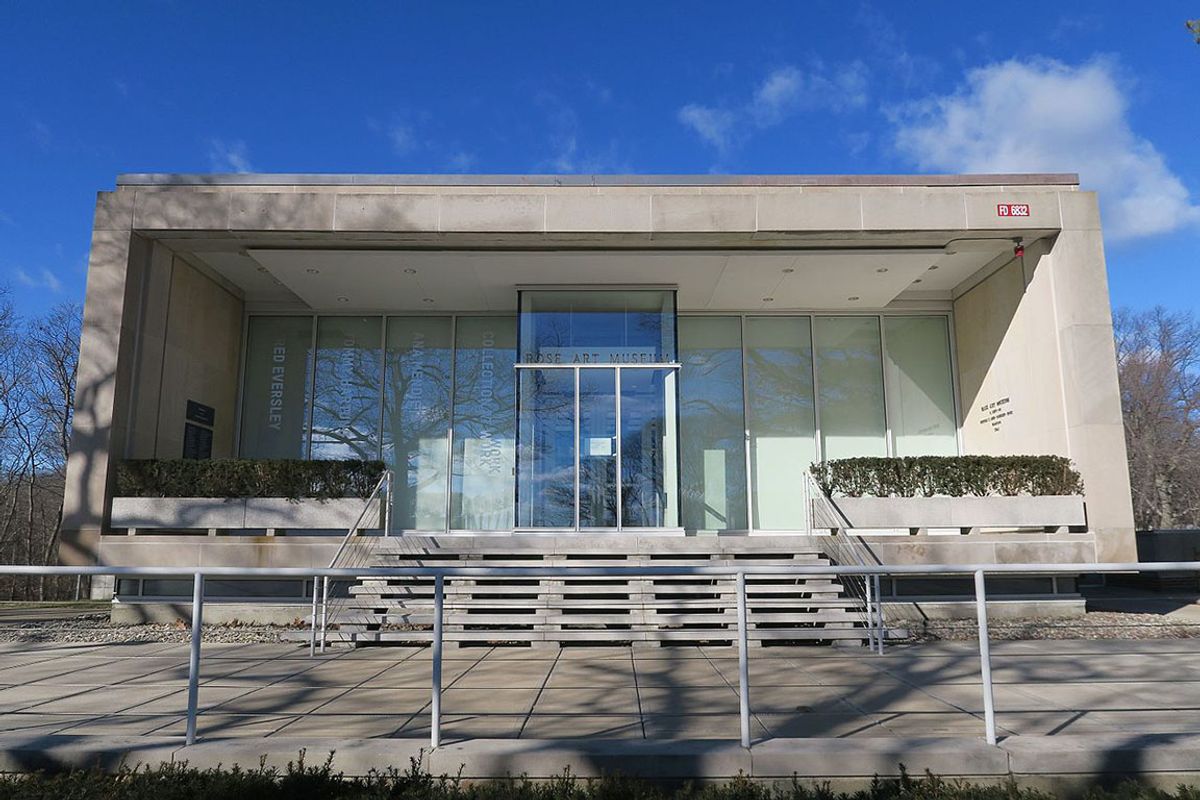The New York-based Helen Frankenthaler Foundation announced today that it was disbursing $1.5m in grants to cultural organisations this autumn, many of them deriving from a $5m Covid-19 relief effort announced last spring.
Those coronavirus-related grants will go to small art museums and toward direct support to artists. The remainder of the $1.5m involves new two-year grants that promote equity in and access to the arts, including digital initiatives and professional opportunities for college students and recent graduates.
Among the small museums receiving funding are the Grey Art Gallery at New York University, Guild Hall, the MIT List Visual Arts Center, the Montclair Art Museum, the Parrish Art Museum, the Provincetown Art Association and Museum and Rose Art Museum at Brandeis University. Other Covid relief will involve $50,000 grants for the organisations Artist Relief and the Foundation for Contemporary Arts Emergency Grants Covid-19 Fund.
The new two-year grants include $500,000 for the Schomburg Center for Research in Black Culture’s online initiative offering access to its collections; $500,000 for the Digital Curation Initiative’s parallel online collection access effort; $150,000 for ArtsConnection’s Teen Reviewers and Critics Program, which fosters creativity among students in underserved communities; and $60,000 for ArtTable’s expanded fellowship program.
Other two-year grants route $100,000 to the roving House of SpeakEasy Bookmobile, which offers art books and programming to writers and artists in deprived New York communities; $112,00 to the Studio Institute for intern programmes for students of diverse backgrounds; and $350,00 to the Studio Museum in Harlem’s plan to bolster its educational website offerings.
“Support for cultural institutions is ever more critical in the face of these current crises,” says Elizabeth Smith, executive director of the Helen Frankenthaler Foundation, whose core mission is to bring Frankenthaler’s art to a wider audience. She adds: “Our ongoing commitment to research and education provided a new pathway forward to help promote equity and accessibility within the arts.”


